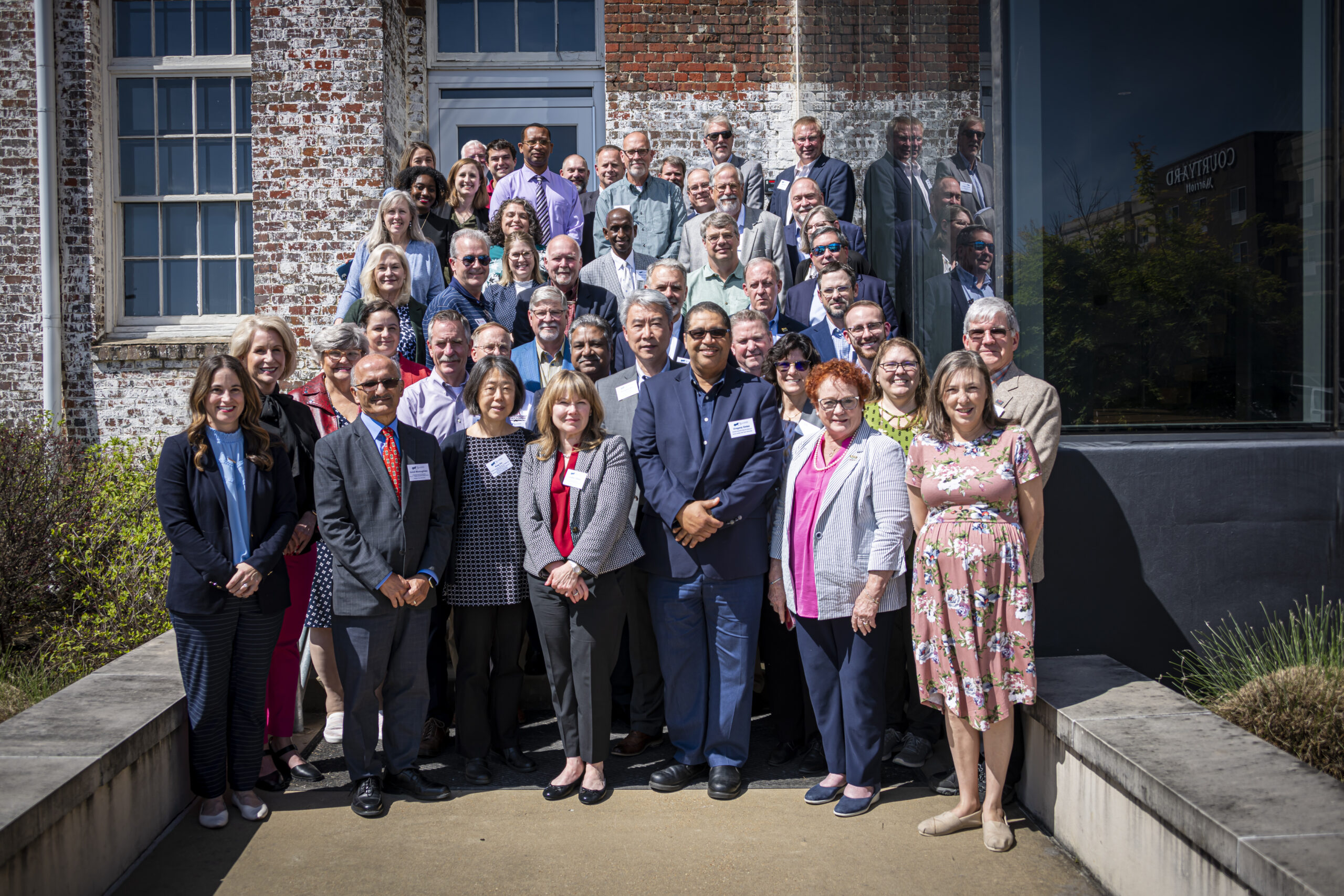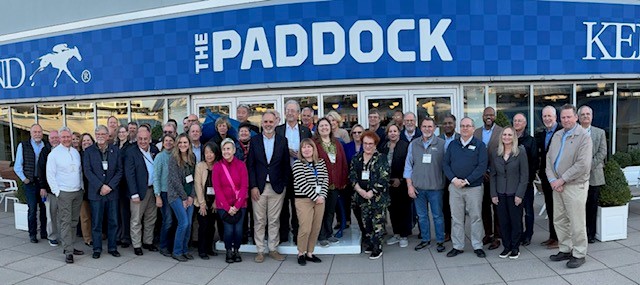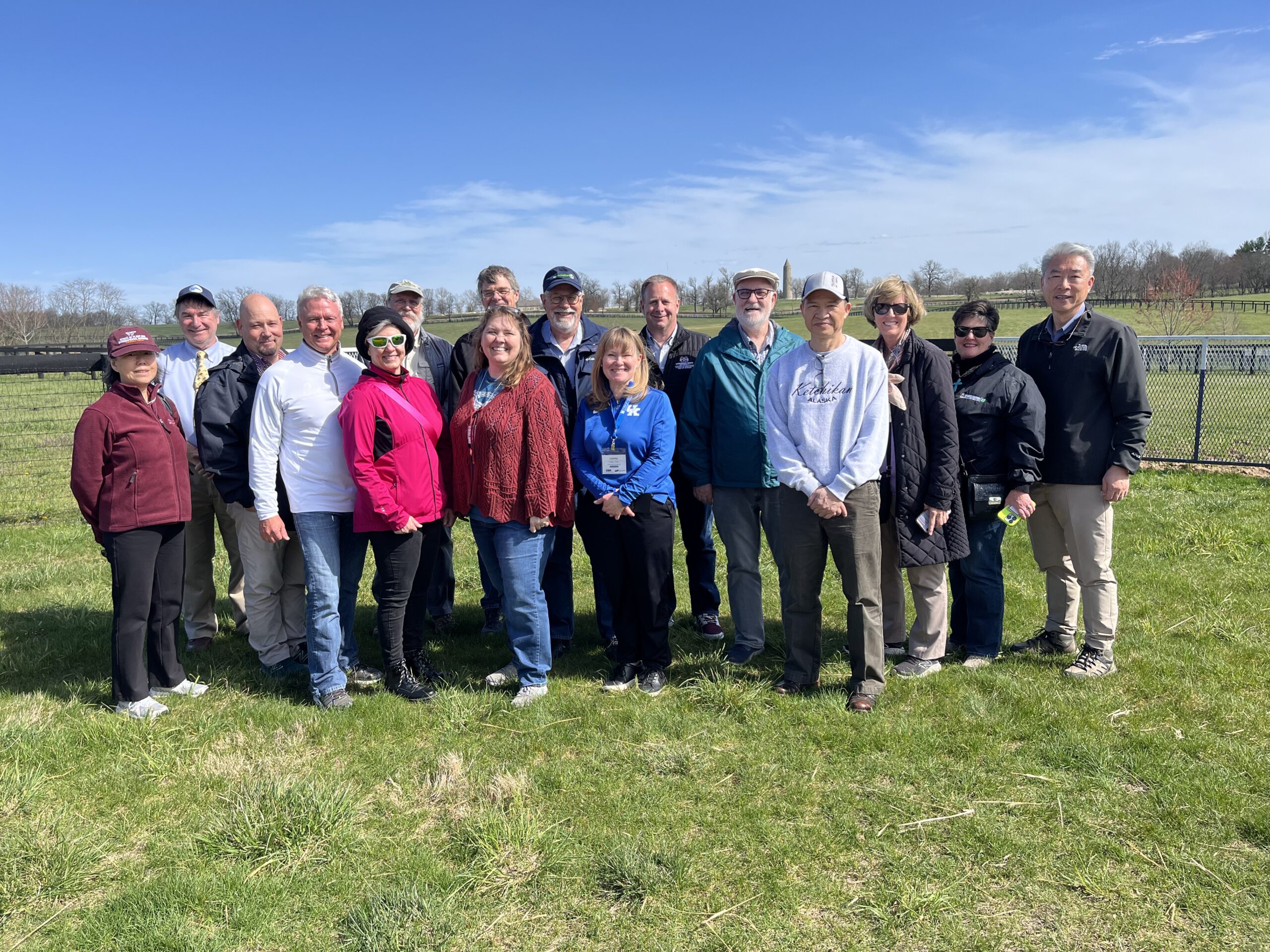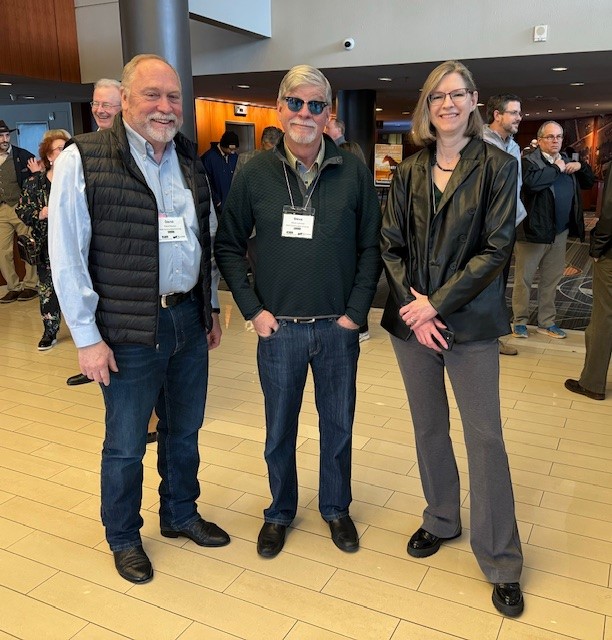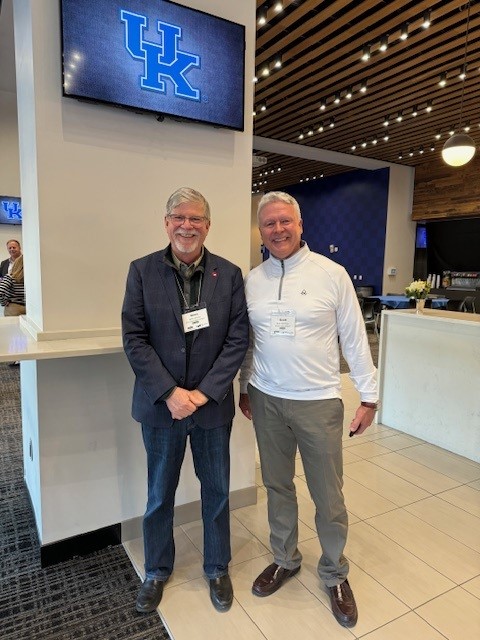What is the SAAESD?
The Southern Association of Agricultural Experiment Station Directors (SAAESD) is one of five regional associations with responsibility for facilitating cooperation of regional and national research. The research is supported in part by the Multistate Research Fund (MRF), which is a federal appropriation authorized by the Hatch Act. Additional support comes from other federal programs as well as state and private sources. The research program focuses on regional priorities that are identified and developed jointly by State Agricultural Experiment Station (SAES) Directors, Departmental Chairs and participating scientists.
The SAAESD is a formal coalition of directors of fifteen state agricultural experiment stations (SAES) in the southern US. The southern SAES are located on the campuses of the region’s 15 Land-grant Universities including Puerto Rico and the Virgin Islands. All of these stations contribute to a nationwide research system dedicated to meeting the global challenges associated with agriculture, food systems, natural resources and human nutrition by offering the best available science.
The SAAESD is an autonomous organization that conducts regional activities in alignment with the Association of Public and Land-Grant Universities (APLU) Board on Agricultural Assembly (BAA) through the Experiment Station Section (ESS) and the Experiment Station Committee on Organization and Policy (ESCOP). The SAAESD serves as a liaison between the Southern AES Directors and the USDA regarding initiatives and programs that are funded through the National Institute for Food and Agriculture (NIFA).
Early History of the Regional Associations
(Adapted in part from ncra-saes.org)
In October 1887, the United States established the Association of American Agricultural Colleges and Experiment Stations, followed by the creation of the Experiment Committee on Organization and Policy (ESCOP) in 1905. The oldest of the “COPs”, ESCOP, originally consisted of six AES directors who monitored the system and developed administrative mechanisms to meet the need to plan and organize research and to make results accessible to our stakeholders.
In 1946, the Research and Marketing Act set aside 25% of Title 1, Section 9 (Hatch funds) for regional research. In 1946, the SAAESD was established to assist with planning and management of research activities important to the region. The Congressional requirement that all agricultural experiment stations spend at least 25% of the Hatch formula fund allocation on regional research also contributed to the formation of the association. This regional commitment was redefined in the Agricultural Research, Extension, and Education Reform Act of 1998 to “multistate research”, the multistate research fund (MRF) was created, and there were new requirements for integrated multistate research and extension activities.
The Executive Directors of the five regions have national responsibilities within the Experiment Station Section (ESS), and the Experiment Station Committee on Organization and Policy (ESCOP), formed in 1905, which is the executive governing body for the ESS under the Board on Agriculture Assembly within the Association of Public and Land Grant Universities (APLU) The Executive Directors provide crucial support to all ESCOP activities and to the national agenda with USDA and Congress.
The Regional Associations
SAAESD- Southern Region
Est. 1946 Dr. Gary Thompson, Executive Director; Ms. Cindy Morley, Program Coordinator
https://saaesd.org/
NCRA- North Central Region
Est. 1947 Dr. Jeff Jacobsen, Executive Director; Ms. Christina Hamilton, Assistant Director
http://ncra-saes.org
NERA- Northeastern Region
Est. 1947 Dr. Richard C. Rhodes III, Executive Director; Mr. David Leibovitz, NERA Coordinator
http://www.nerasaes.org/
WAAESD- Western Region
Est. 1948 Dr. Bret Hess, Executive Director
http://www.waaesd.org/
ARD- 1890 Land-Grant Universities
Est. 1972 Dr. Alton Thompson, Executive Director
http://www.umes.edu/ard/
